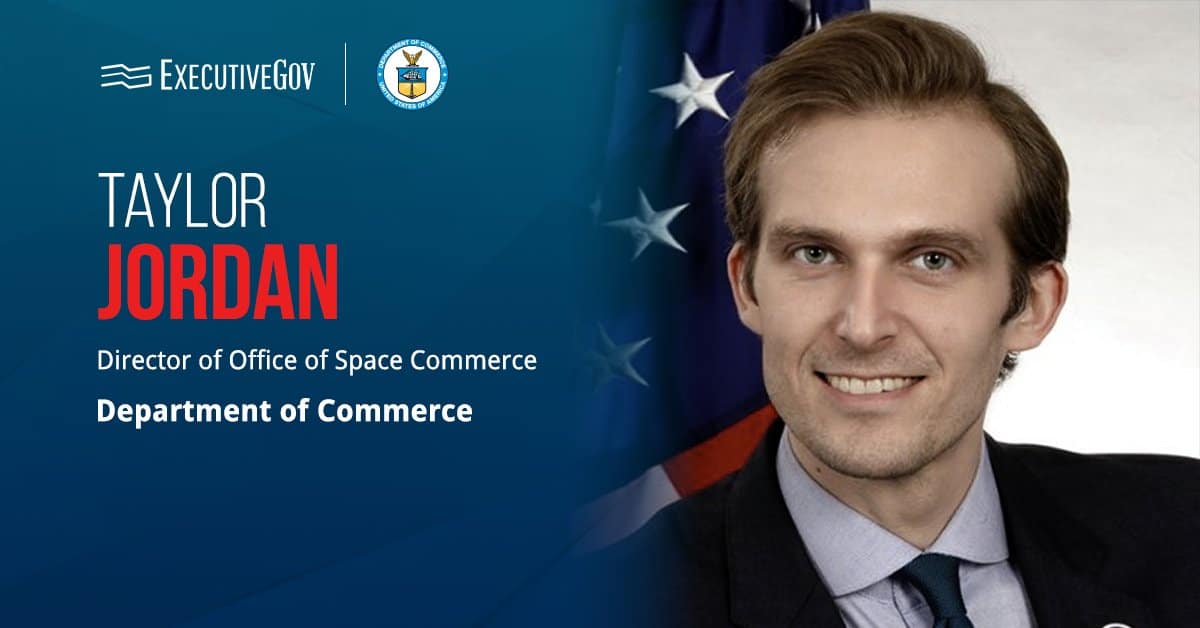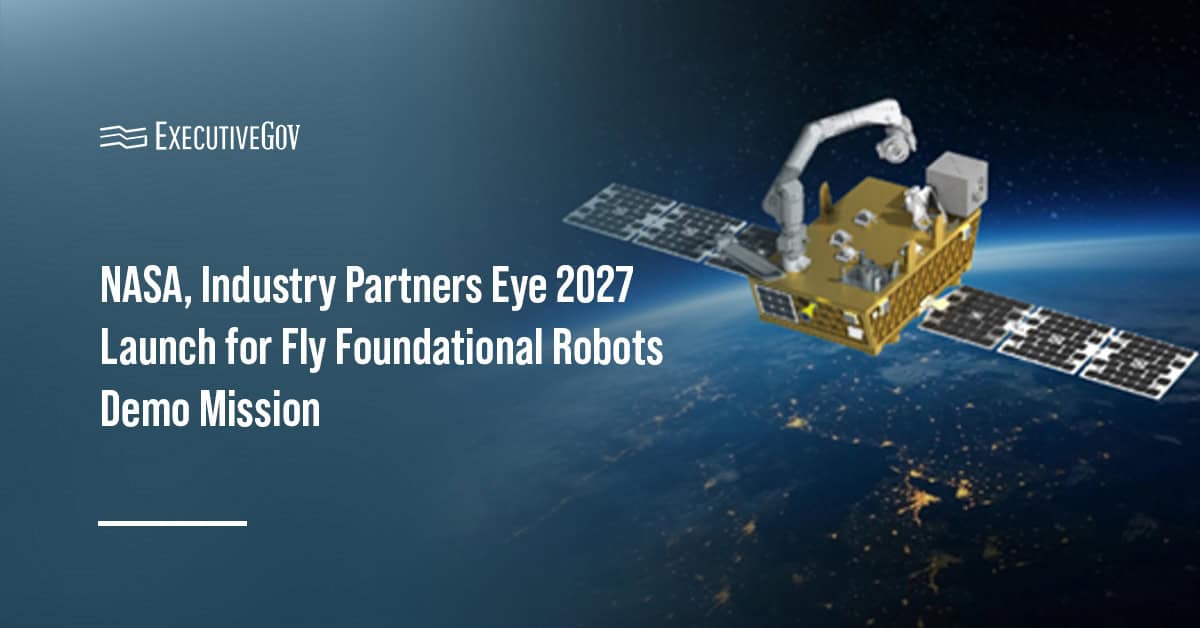United Launch Alliance added a two-foot auxilliary target to NASA’s Space Launch System for use in the Artemis II manned mission to the Moon.
The target, which is installed in the in-space propulsion stage of SLS, is a critical instrument for testing the Orion spacecraft’s navigation capabilities, NASA announced Friday.
Upon reaching a high-Earth orbit, Artemis II astronauts will demonstrate the Orion’s ability to fly parallel to another large spacecraft using the target and an interim cryogenic propulsion stage. The test results will be useful for docking preparations in future Artemis flights.
ULA performed trials of the target in May at its Delta Operations Center, Cape Canaveral Space Force Station, in Florida.





